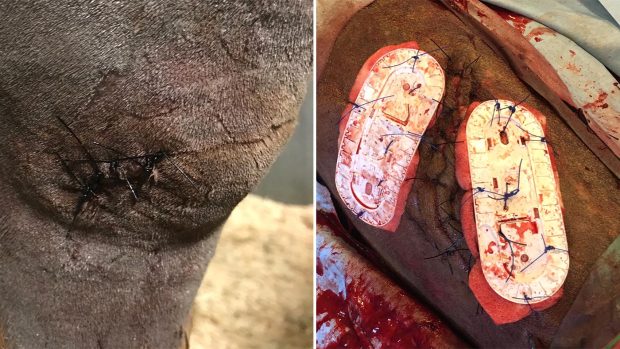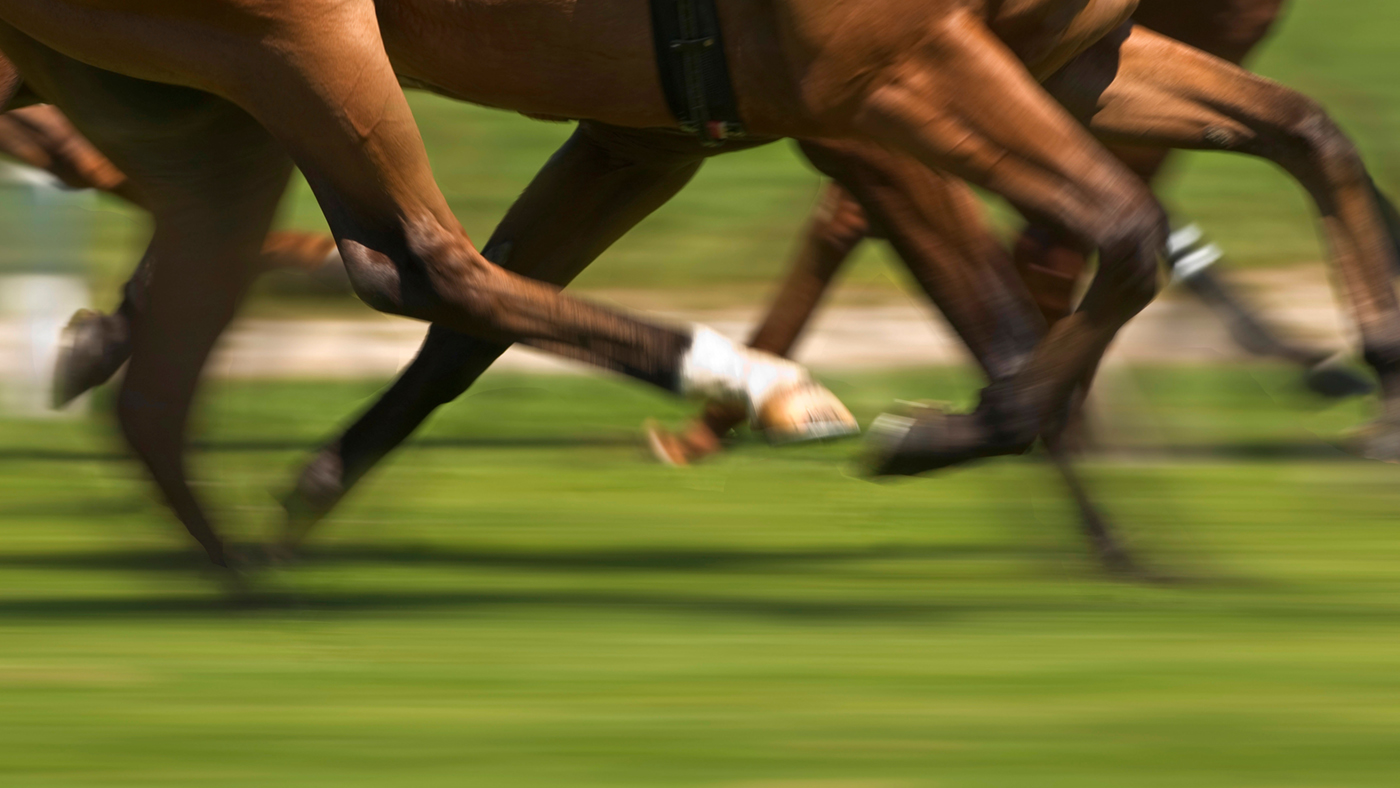It is natural for groups of horses to have a ‘pecking order’, and this minimises fighting and injury in the long run. Unfortunately, the establishment of this dominance hierarchy requires each horse to recognise his companions as individuals and determine through initial aggressive behaviour (biting or kicking) and submissive acts (such as moving away) which of the horses is dominant and which submissive.
It’s at this time that injuries are most likely to occur. Once the hierarchy has formed, fighting is usually minimal.
The seriousness of a kick injury varies greatly depending on its site, and the amount and type of tissue damaged.
Serious wounds can result in permanent disability or even death and should receive prompt veterinary care. Many less severe wounds can be treated by the owners.
Avoiding injury
Understanding the social interactions of horses allows us to use certain husbandry practices to help prevent kick injuries.
- First, avoid over-crowding. Crowding increases aggressiveness and decreases the subordinate horse’s ability to escape. Consequently, the weaker individual may be kicked and bitten repeatedly.
- Allow new horses a period of acquaintance – separate them with a safe fencein adjacent paddocks before turning them out together. This is often an effective way of minimising the initial fighting that occurs when a new horse is introduced to the herd.
- When feeding a group of pastured horses, it’s best if the most dominant equine is fed first. Feeds should be placed more than 15m apart and be well away from fences, especially corners.
- Some horses are habitually aggressive and are best removed from the group or should at least have their hind shoes removed.
- Kick injuries commonly occur when mares are in season. Geldings and mares should be turned out separately where it is possible to do so, and double fencing placed between particularly “flirty” mares and “riggy” geldings is a sensible idea.
First aid
Staunch any bleeding. Direct pressure with a pad, either hand-held or bandaged firmly in place, will stop even severe haemorrhage until the vet arrives.
If bleeding continues beneath the bandage, apply a second one firmly over the top of the first.
- In the absence of marked bleeding, shave or clip the hair from around the wound.
- Clean the wound with saltwater.
- Apply a non-adhesive dressing or poultice.
- Bandage to prevent further contamination.
- Ensure your horse’s tetanus vaccination is up to date.
- Contact your veterinary surgeon.
- Do not apply any wound ointment to a wound requiring stitching.
Call the vet if:
- the wound is pouring or pumping blood
- the skin over a joint or tendon sheath has been penetrated
- the horse is lame
- a large haematoma has developed
- the wound is infected, highly contaminated or doesn’t show signs of healing
- your horse’s tetanus jab isn’t up-to-date
- the wound is deep or large enough to require stitching.




